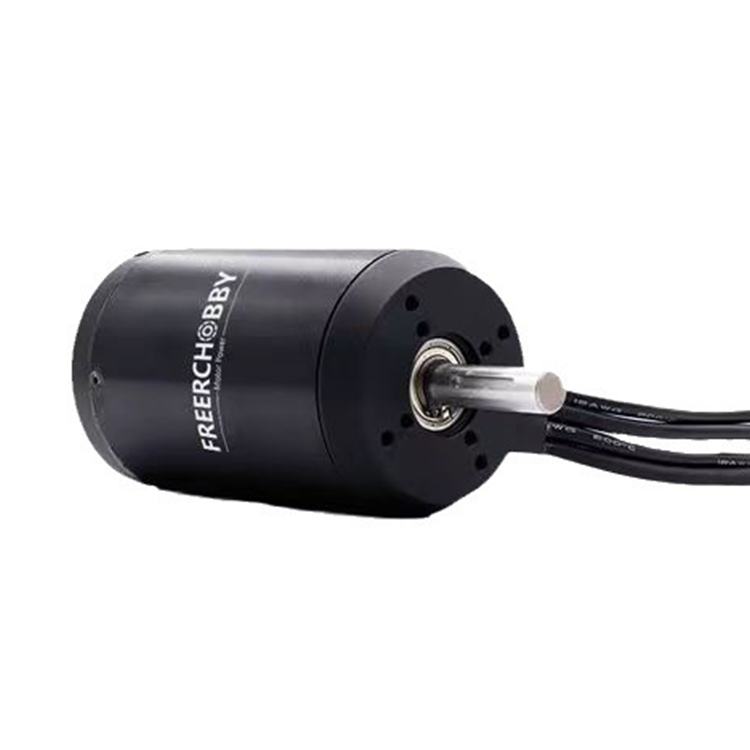As electric mobility and aerial devices continue to evolve, brushless DC (BLDC) motors have become essential in delivering high efficiency and reliable performance across various platforms. Two popular applications—electric skateboards and drones—depend heavily on the precision and characteristics of brushless motors. Despite sharing the same basic motor technology, each use case demands unique motor specifications and design priorities.

The brushless DC motor for electric skateboards is designed to maximize power-to-weight ratio, efficiency, and durability. These motors are responsible for converting electrical energy into mechanical torque, which propels the rider forward. Given the size and performance constraints of a skateboard platform, careful motor design is essential.
Electric skateboards require motors that deliver high torque in a compact form. A typical DC brushless motor for electric skateboards ranges from 500W to 3000W, depending on the board's application—be it commuting or off-road use. To meet the demand for high torque within limited space, manufacturers use neodymium permanent magnets, multi-pole stators, and high copper fill factors. This combination ensures a dense magnetic field and efficient energy transfer.
Efficiency in a DC brushless motor for electric skateboard applications typically exceeds 85%, with some motors achieving over 90% in conditions. This level of efficiency helps prolong battery life and reduce heat generation, which is especially important in enclosed or hub motor configurations where airflow is limited. Many motors are sensorless, though sensor-equipped versions offer smoother low-speed control and regenerative braking.
Motors used in electric skateboards must handle varying terrain, rider loads, and stop-start traffic. To prevent overheating, some motors are designed with aluminum housings and internal heat dissipation features. Proper winding insulation and rotor balancing further enhance durability under continuous use.
Drones—whether used for photography, racing, or industrial surveying—rely on lightweight and responsive propulsion systems. The type of brushless DC motor for drone use is typically chosen based on weight, propeller size, flight duration, and thrust-to-weight ratio. These motors are usually outrunner-style brushless DC motors, optimized for high rotational efficiency and rapid response times.
The common type of brushless DC motor for drone applications is the outrunner motor. In this design, the rotor (outer shell) rotates around the stator. This configuration allows for greater torque at lower RPM, which is ideal for spinning larger propellers efficiently. Outrunners are preferred in multi-rotor drones because they are lightweight and compact, while offering the torque necessary for stable lift and maneuverability.
A key specification for drone motors is the KV rating, which indicates RPM per volt. Low KV motors (e.g., 800–1200 KV) are suited for large drones or aerial photography platforms that require steady, efficient lift. High KV motors (e.g., 2000–3000 KV) are common in racing drones where agility and acceleration are prioritized. The type of brushless DC motor for drone applications is therefore selected based on the specific flight profile.
Brushless DC motors in drones must operate efficiently without excess heat, especially during sustained flight. Many motors are air-cooled, relying on the propeller's airflow. Good quality drone motors feature high-grade bearings, strong magnet adhesion, and precision windings, contributing to longer service life and stable performance.
Drone motors must also be compatible with electronic speed controllers (ESCs) that deliver fast and precise input. A mismatched ESC-motor combination can reduce thrust efficiency or motor burnout.
The ideal type of brushless DC motor for drone use is an outrunner motor tailored to the drone's size and flight purpose, balancing thrust, weight, and power consumption for safe and effective flight.